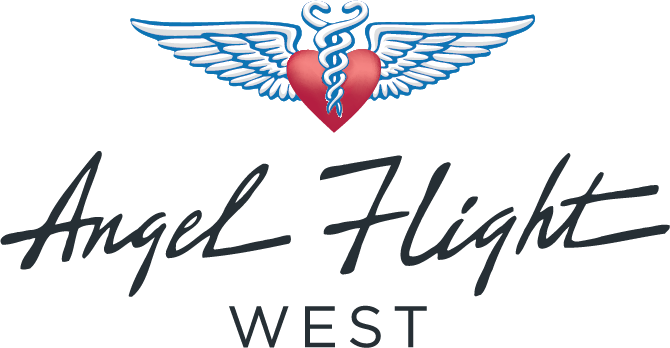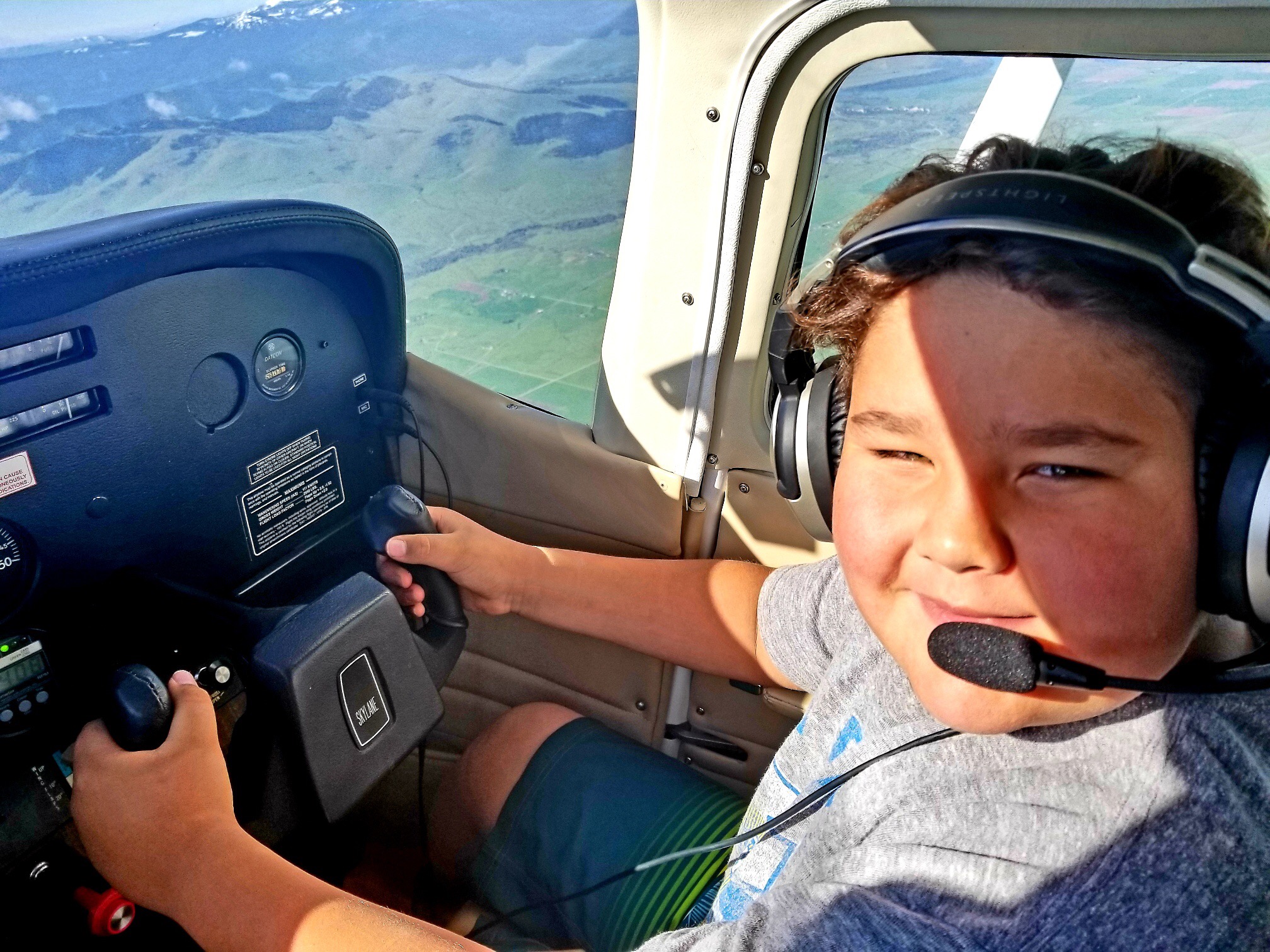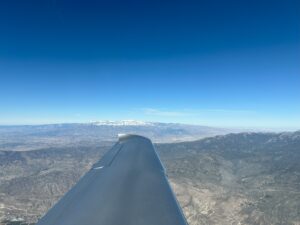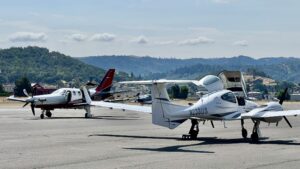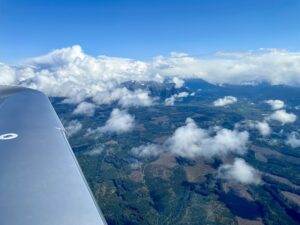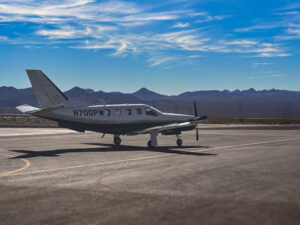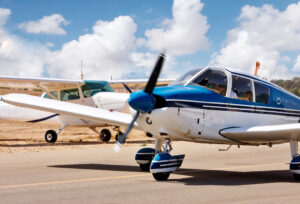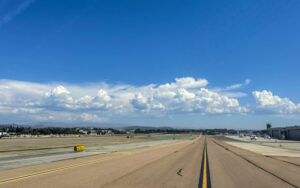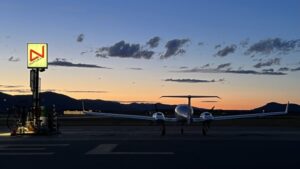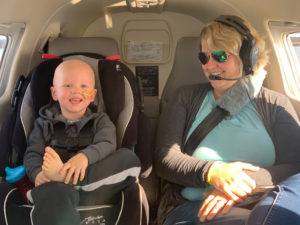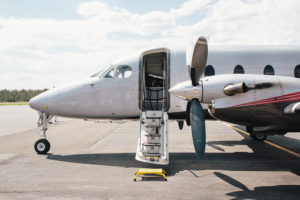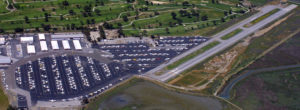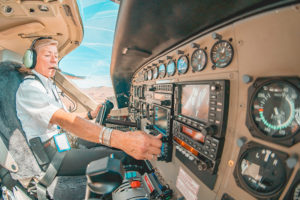All pilots learn about density altitude yet most pilots never experience the truly detrimental effect it can have. Brian, a friend of mine, flying a Piper Cherokee 160 and carrying all of his camping gear was on his way to OSH a few years ago. He landed at in Butte, Montana to refuel. It was a clear day and the temperatures was reasonable at about 85 degrees. The runway was much longer than the sea level airport he was based at in the San Francisco area, but the problem was that the airport was situated at slightly less than 5,500 MSL. To make a long story short, after a long roll he rotated at the normal speed and crossed the departure end of the runway unable to climb out of ground effect. The departure path was over slowly climbing terrain. It took him a couple of miles to gather enough speed to begin a normal climb.
Like Brian, the fact is that most pilots don’t fly near gross weight and at high density altitudes during their normal flying. An AFW mission where there are one or more passengers and luggage and the requirement to operate from a particular airport can change that.
Here’s a personal example. I was departing in my turbocharged Malibu on a mid-morning flight from what is essentially a sea level airport located near the California coast. With family and fuel, the aircraft was at gross weight, but with a 4000 foot runway I wasn’t worried. I’d been flying from the airport for years and didn’t give a thought to the required take-off distance because the POH indicated it was adequate. The problem was that the POH’s performance calculations were for a new airplane and my Malibu’s engine was nearing TBOH. Add to that the fact that it was an unusually warm morning and the result was a take-off run was much longer than I expected. We used over 3000 feet and I had ALMOST reached the point of pulling the power to idle and braking hard when the airplane finally lifted off and began a normal, albeit slightly anemic, climb. I’ve since adopted the rule of thumb that if I don’t reach 70% of my flying speed by the half way point of a runway I’ll abort.
But density altitude is something that can affect aircraft performance even when enroute. An acquaintance of mine with a couple of passengers was returning to his home in the Central Valley of California in his cherry Cessna 182. His altitude was fine for the majority of the trip, but he had to climb a few thousand feet to top the Sierra Mountain Range. Turns out that the OAT was on the order of 20 degrees higher than standard temperature and the airplane simply wouldn’t climb fast enough to out climb the rising terrain. Luckily he started the climb early. Even though he was on the lee slide of the mountains there was practically no wind and the resultant downdrafts — think a HOT high pressure calm day. He orbited and climbed until he had gained enough altitude to continue toward his home airport.
Here are some things to consider to mitigate the effects of density altitude:
- Carry less passengers, cargo, or fuel. Means a shorter take-off length and a higher climb rate.
- Fly from a runway of sufficient length for the density altitude (with a large fudge factor, if you’re smart)
- Depart early in the morning when it is coolest or late in the evening when it is cooling.
- Fly a turbocharged airplane because the basic power is higher. But the wings and prop still suffer the effects of Density Altitude.
- Lean the fuel mixture (if POH indicates it is appropriate for the engine) to achieve maximum power.
- Winds decrease take-off run, so wind speed and direction (headwind component) can help.
The moral of these stories is that if you are operating near gross weight, if the temperatures are higher than standard, if you fly an older airplane, if there is any doubt, take the time to calculate take-off distances and be aware of the enroute effects of hot or even just warm days on the performance capabilities of your aircraft. And remember to lean for take-off if your POH indicates that is the proper procedure. It is also important to keep in mind that the performance charts in your POH are for a new airplane with an expert pilot and may include a “marketing fudge factor,” especially for older aircraft.
